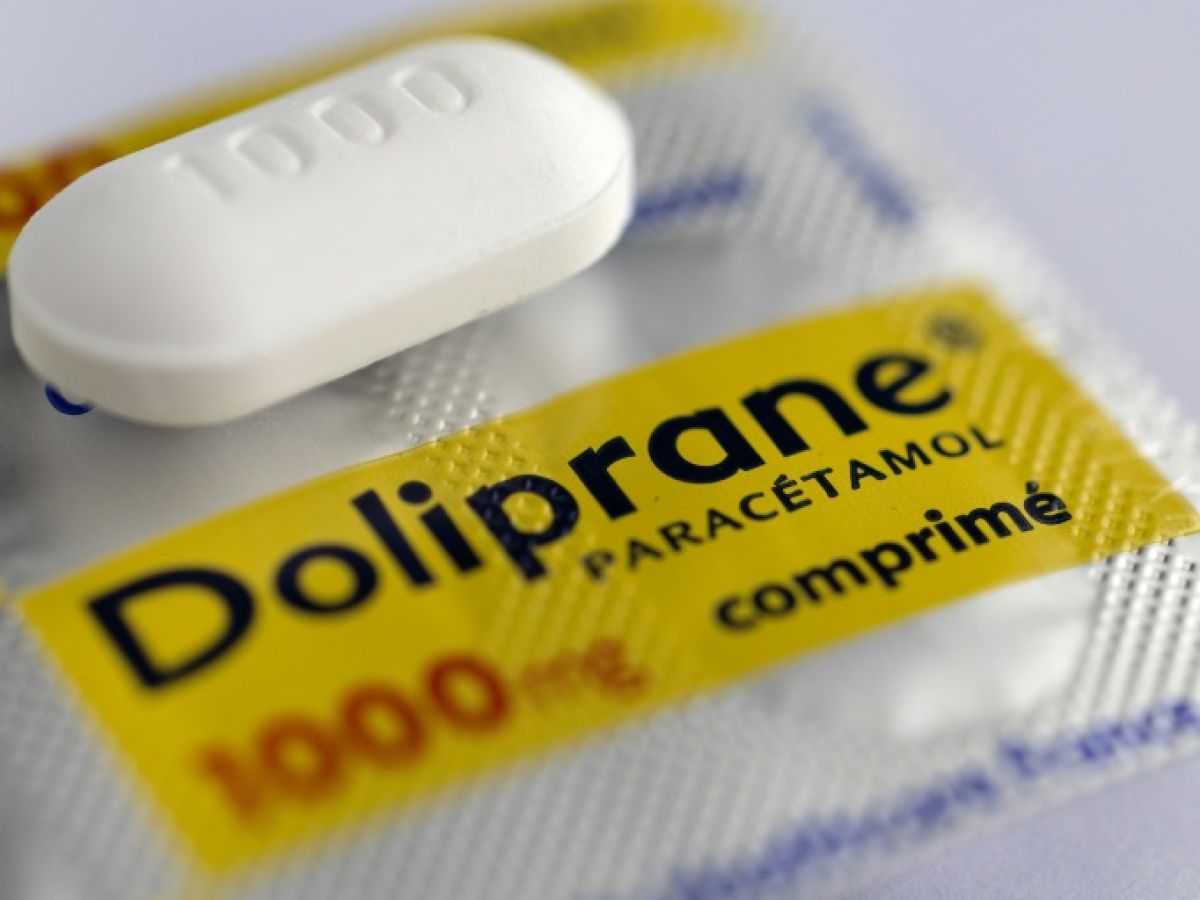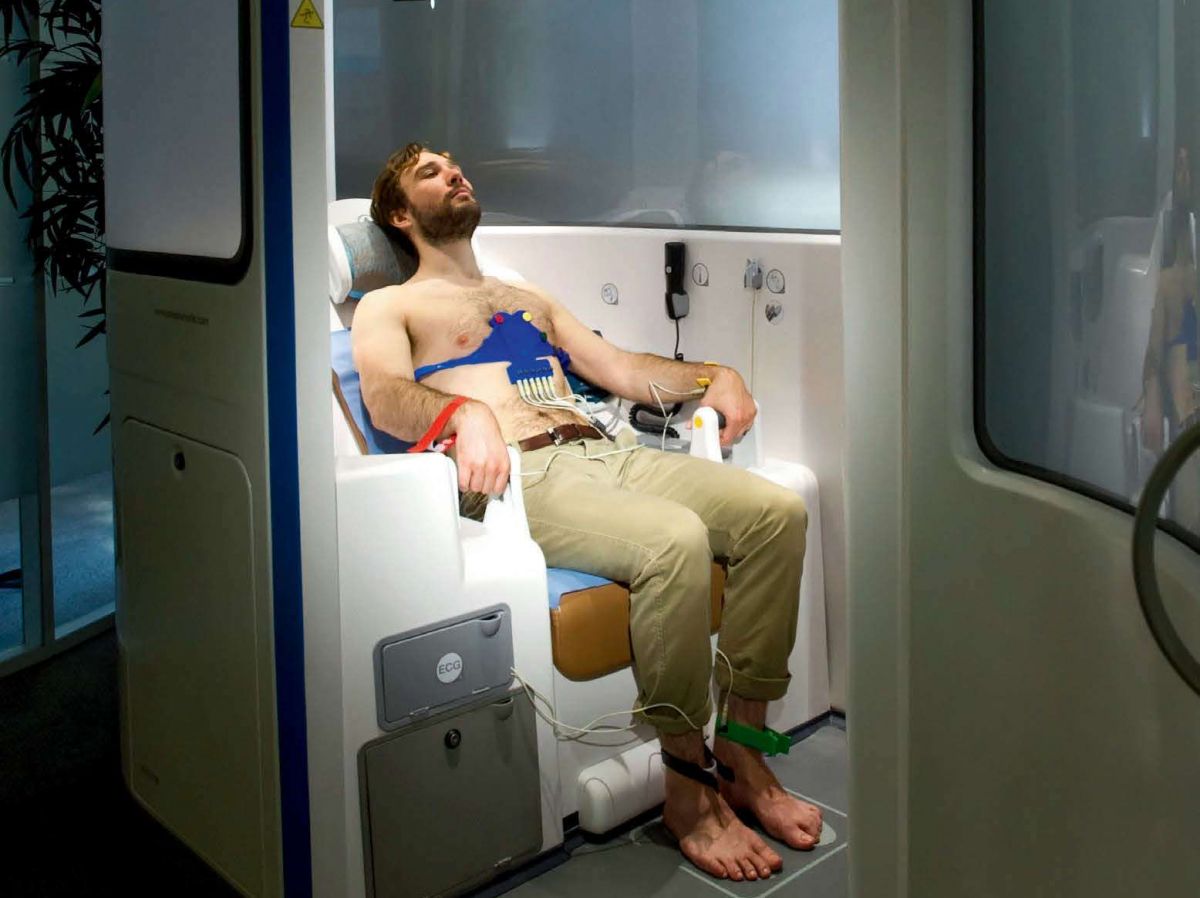If you must injure yourself, avoid doing it at night! Because circadian cycles, these biological clocks which regulate a large part of the biological functions of animals, also play an important role in the repair of the body. Everything in the organism follows a very precise schedule: for biological processes to function without hindrance, we are supposed to eat only at certain times, we must sleep during certain hours, and so on. To the point that disruptions to these cycles can to train serious health problems.
Just as we must respect the right meal times, so as not to surprise the body at a time when it is not ready to digest, there are also good times to injure ourselves! According to a study published on March 5, 2025 in the journal Science Advances According to researchers at Northwestern University (USA), injuries that occur during rest hours are more difficult to repair because the circadian cycle of repair processes is optimized to start during active hours, i.e., during the day.
Muscle repair involves the activation of a large number of genes
When muscle tissue is injured, a process of cellular regeneration is triggered. Stem cells are activated following the injury to produce muscle cells that can replace the damaged cells. And immune cells, neutrophils, rush to the injury site to clean it up and prepare the ground for repair. The authors studied this phenomenon more closely in mice, observing that stem cell activation following injury involves the expression of several thousand genes, including those involved in the inflammatory response, which attract neutrophils to the injury.
However, biological clocks also have a significant impact on gene expression. At the molecular level, the expression of a large number of genes is regulated according to the time of day, in order to activate them at the time of day when they are most needed. The authors therefore wanted to know if these two gene activation processes could interfere with each other.
Some genes activate more slowly during rest hours
They therefore analyzed the cellular response to injuries occurring at different times of the day, corresponding to hours of rest and hours of activity (night and day, which are reversed in mice). A total of 88 genes were expressed differently depending on the time, including two genes essential for stem cell division: Cdk1 and Mki67, which code for two proteins that activate this cell proliferation process. The injury activated the expression of these two genes more quickly when the injury occurred during the mice's active time.
This means that stem cells take longer to replace damaged cells if the injury occurs during hours when the mouse is supposed to be asleep. In a way, one might imagine that these cells are also asleep, and therefore have a harder time getting to work if they are woken up in the middle of the night. In the long term, repeated injuries during resting hours were less well repaired, causing the mice to lose muscle strength.
Cellular communication is less fluid during rest hours
Another important gene activated more slowly during resting hours: Ccl2, which codes for a cytokine that attracts immune cells to the site of injury. Signaling between these cells (stem cells and neutrophils) was much stronger if the injury occurred while the mice were awake., summarizes in a press release study director Clara Peek. This was an exciting result, showing that circadian regulation of muscle regeneration depends on this communication between stem cells and immune cells.. »
The authors now want to investigate whether this association between the circadian cycle and muscle repair could play a role in the reduced muscle regeneration capacity observed in certain metabolic diseases, such as obesity or diabetes, where circadian rhythms are deregulated. This could also be the case in older people, as aging also disrupts these biological clocks. These are all avenues that could perhaps pave the way for treatments to help these people's bodies heal more quickly, improving their quality of life.


